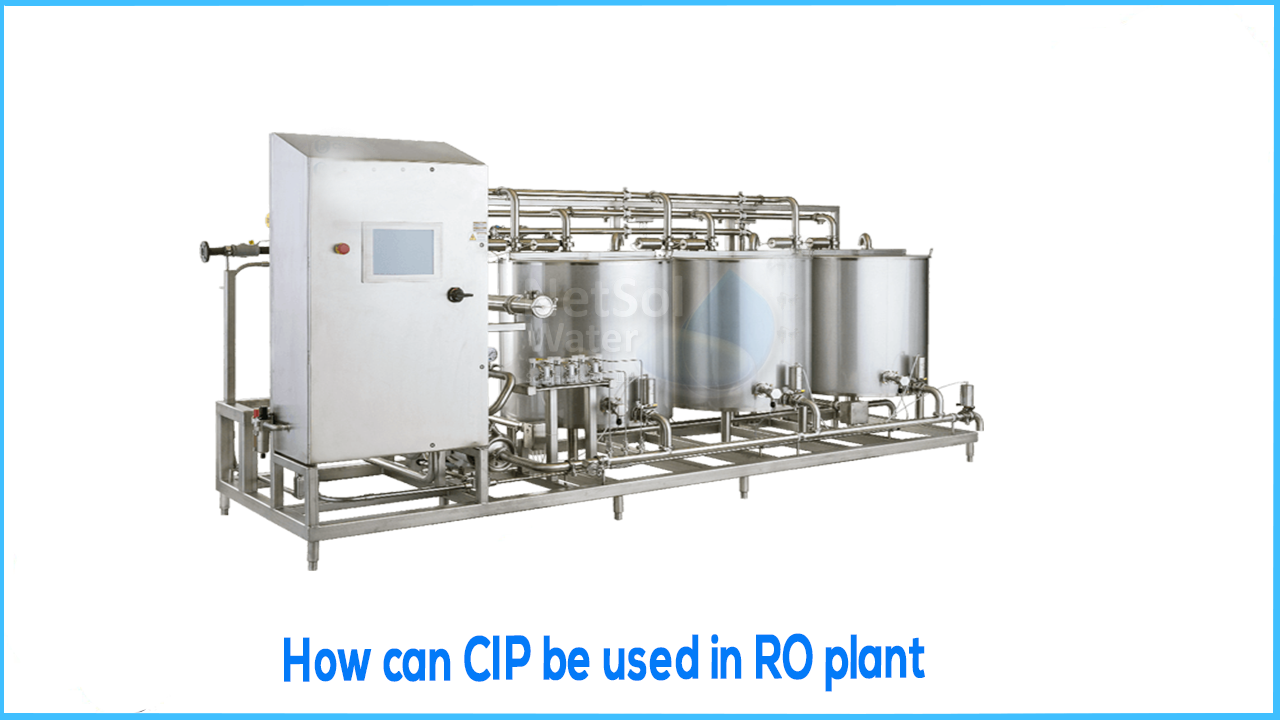CIP stands for clean-in-place, and the CIP procedure assists in cleaning the membranes in a gentle manner, ensuring that the system is not harmed. Cleaning procedures that cause membrane damage aren't going to be very helpful. However, the chemicals utilised must be carefully picked. Corrosion can be caused by harsh chemicals, necessitating repairs or, worse, the replacement of the entire system.
A CIP in a RO Plant is required to extend membrane life and maintain excellent RO system productivity. You must provide enough time to complete the CIP membrane cleaning process for it to be effective. If you shorten the time of a CIP, it may result in reduced productivity and performance.
Membrane Cleaning Skid
The membrane cleaning skid is equipped with a local control box that allows for manual operation. The membrane cleaning skid is connected to a chemical storage tank that is positioned on its own platform and coupled to the membrane cleaning skid via either hard PVC pipe or quick disconnect fittings and flexible hoses. This allows the machine to be permanently mounted or completely portable, depending on the user's preference. Before shipment, all membrane cleaning skid wiring is completed and shipped, all membrane cleaning skid wiring is completed and tested.
Membrane Cleaning Chemicals
Cleaning chemicals that are acidic or alkaline are most typically used to clean membranes. Inorganic and iron deposits are removed with acid cleansers. Cleaning with acid should be done at a pH of around 2. Biological waste, silica deposits & organic foulants are all removed with alkaline cleaners. At a pH of around 12, alkaline cleaning is performed.
Membrane Cleaning Process
The formation of deposits on the membrane surface can cause the performance of reverse osmosis membrane parts to deteriorate. Membrane fouling is commonly caused by mineral scale, colloidal particles, insoluble organic molecules & biological waste. Membrane cleaning should be performed using a membrane cleaning skid when the production of a Reverse Osmosis system declines by at least 10% or the differential pressure increases by 15%.
CIP Cleaning, Efficiency, and Timeliness
Anyone who runs a RO system knows that time is not on their side. The longer you wait to start a CIP cleaning, the more damage the membranes will have. Membranes that are clogged with organic or inorganic fouling lose their ability to filter efficiently. When it comes to cleaning, delays are never a good thing. In actuality, if the membranes have been neglected severely, a comprehensive cleaning may not be possible. Allowing the unit to reach this point is never a good idea. Cleanings and inspections should be scheduled on a regular basis to ensure that the membranes are always performing as planned.
As long as the membranes are not completely destroyed, they can still perform their function. However, the system's efficiency begins to deteriorate and may possibly reach unacceptable levels. Cleaning the RO unit at regular intervals is necessary to guarantee that it is able to adequately clean the water passing through it. This guarantees that the membranes are always clear and unhindered as much as possible.
Those with serious doubts about whether they've taken the proper measures toward CIP cleaning should contact a clean-in-place unit provider. The company's professionals may analyse your membranes, diagnose any issues, and then recommend a CIP technique that will prevent such problems from recurring in the future.



